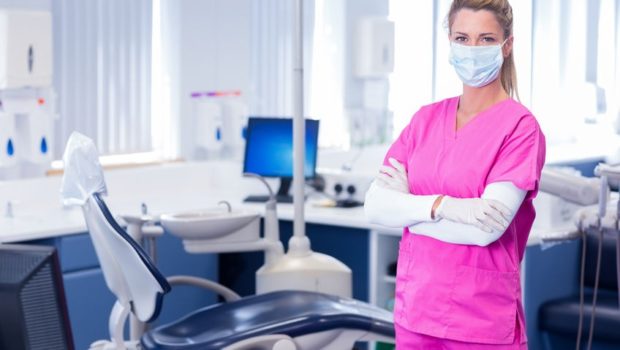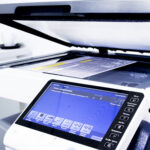How is Technology Transforming Dental Care? 7 Things You Never Knew
Introduction
All industries innovate and progress, dentistry is no different. While most people dislike going to the dentist and some have a genuine phobia of the tools and procedures, the alternative of decaying teeth and gum disease is no better.
Fortunately, things are getting a lot easier thanks to technology. Let’s take a closer look at 7 things you might not yet know about how dental care is evolving …
1) Digital Dentistry
The term digital dentistry has been around for a while and refers to the shift dentistry has made towards computer-controlled and digital devices, much like many other industries.
Whilst before, the tools of the trade were mechanical or standalone electric, now they are becoming much more connected to a broader network of computers and systems.
Computers now help with Caries diagnosis, making implants, shade matching, occlusion, and TMJ analysis, and there are also digital lasers, radiography and extraoral and intraoral photography.
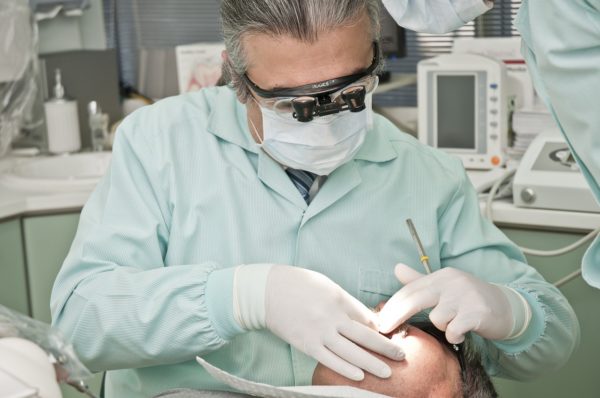
Record keeping is also becoming much more efficient and when combined with newer diagnostic tools, means better treatment and prevention for patients.
2) Tech-aided Diagnosis and Treatment
At present most dentists use soft tissue lasers when performing minor gum surgeries, but these are soon set to be replaced by computers that can be more accurate than humans.
Likewise, the approach to treating cavities is evolving with new biomaterials to fill the decay and even regenerate the tooth matter itself!
For example, earlier this year some promising research revealed that drugs originally meant for Alzheimer’s patients could stimulate the body’s natural repair mechanism and evidence also shows that stem cells can repair dentin—the bony tissue beneath the outer tooth enamel.
Everything from special lights that can detect early-stage oral cancer to the use of nanobots to destroy bacteria or induce anaesthesia are all on the horizon.
3) New Preventative Measures
Dental care is not just about the procedures you have after the dentist has noticed decay or gum disease, but preventative measures that stop things from getting that far.
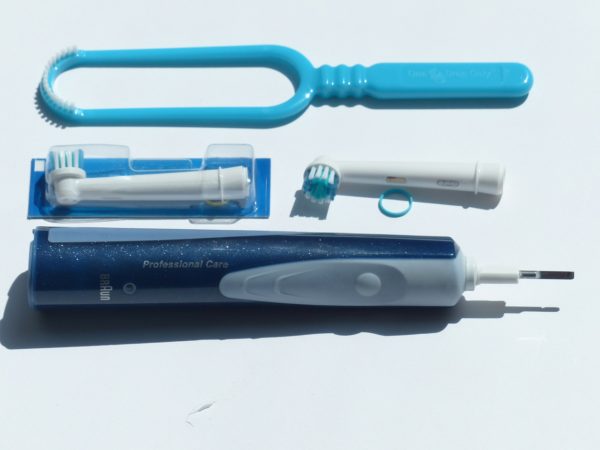
Toothbrushes themselves are now being fitted with all sorts of extra features, including cameras that help you see parts of the mouth you are missing, timers to let you know how long you have been brushing for, pH and blood alcohol level detectors, and even sensors to warn you of using too much pressure.
You can find dental financing online from sites like DentalWorkCash to help fund your dental work.
4) Bioprinting
3D printing is on the verge of disrupting and innovating many industries and dentistry is no different.
It is currently being applied to create crowns, caps, bridges and other fillings, and works by scanning the patient’s tooth, feeding this into CAD/CAM software and printing what is required. Some of the printed materials being formulated even contain chemicals that fight decay.
One research team in North Carolina have been able to bioprint a jawbone that consists of lives cells and other materials and shows promise for jaw reconstruction following oral cancer.
5) Patient Management
Managing patient records is important in dentistry—the system needs to be easily accessible by those permitted, but also secure from hackers and outsiders. One innovation is to utilize the cloud, as UK-based Dentally has accomplished in recent weeks.
Using cloud computing allows dentists to work from any location with internet access, rather than needing to be at the practice.
Features include SMS messaging patient reminders, detailed and visually displayed reporting for the admin side of the job, and integration with all sorts of other leading tools and software packages.
Despite such solutions, it’s Blockchain technology that might take things even further.
6) Blockchain
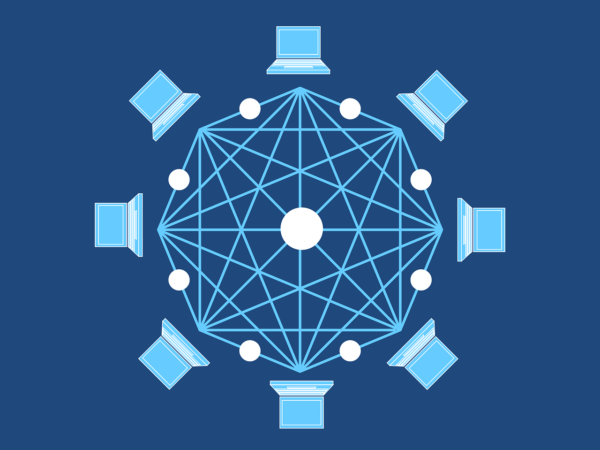
DentaCoin is a dentistry startup looking to use the efficiency and security of the Blockchain to connect patients and dentists without bureaucracy or insurance companies getting in the way of top-notch care.
Cutting through the marketing jargon it functions by issuing patients DentaCoins (the platform’s own cryptocurrency), for using and reviewing affiliated dentists’ practices and procedures. These coins are then used to pay for such services. And, like all cryptocurrency’s the coins themselves have some value that can be traded.
Furthermore, the distributed ledger technology that is blockchain can also function as a smart contract between the patients and dental practices.
7) Easier Access to Dentists
Smartphone apps have been developed that now allow you to scan your mouth at home or at a practice to get initial information easier and cheaper. These advancements are particularly beneficial to those in poorer parts of the world with less access to dental health professionals and allow for the fast detection of basic oral problems with advice on possible solutions without seeing a professional directly.
Some systems add the extra step of allowing you to share scanned images with a professional you’re connected to online for a remote diagnosis.
What do you think about these innovations in dentistry? If you have a phobia of the dentist, would such changes encourage you to give it another shot? Let us know in the comments below!

